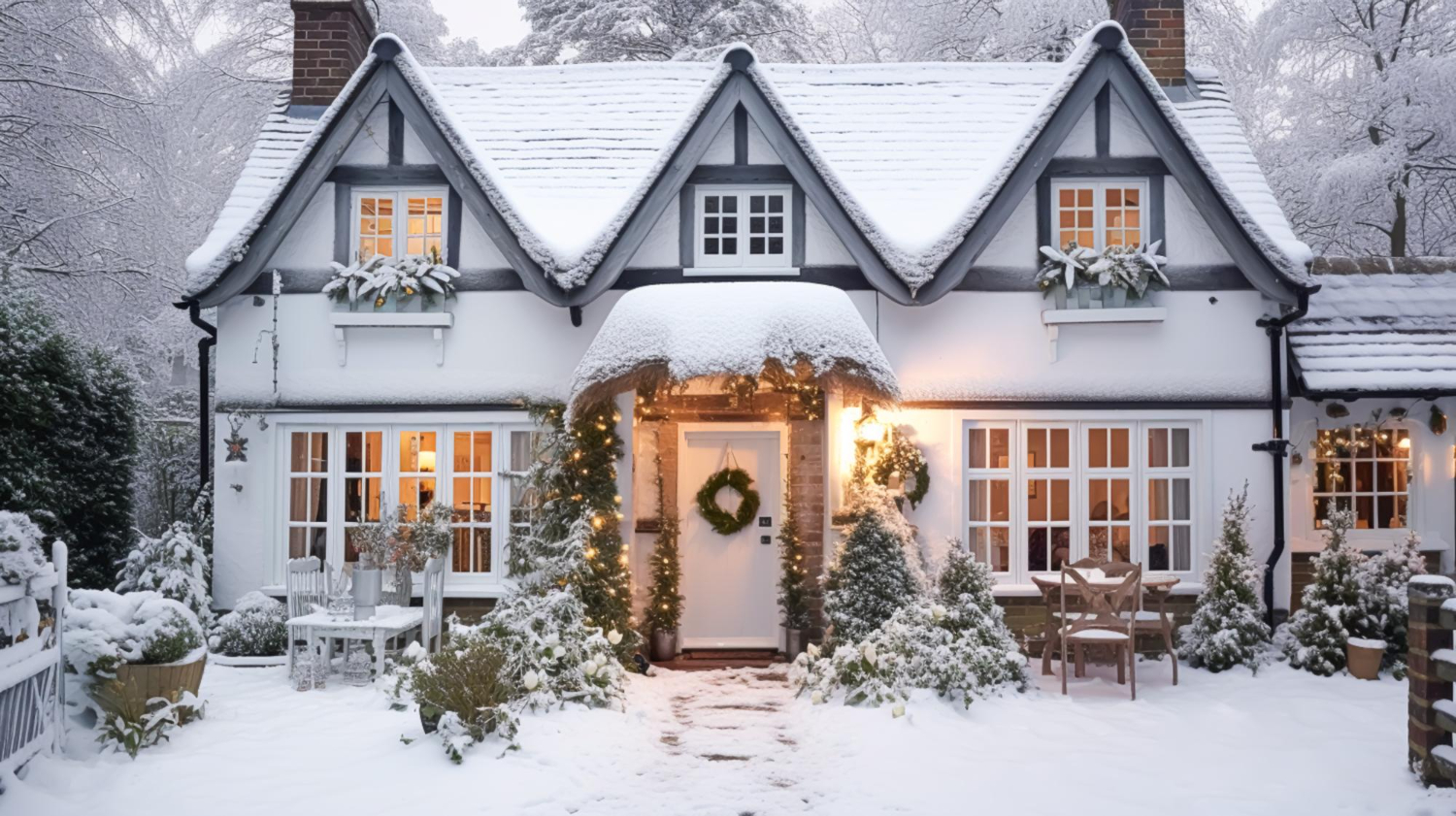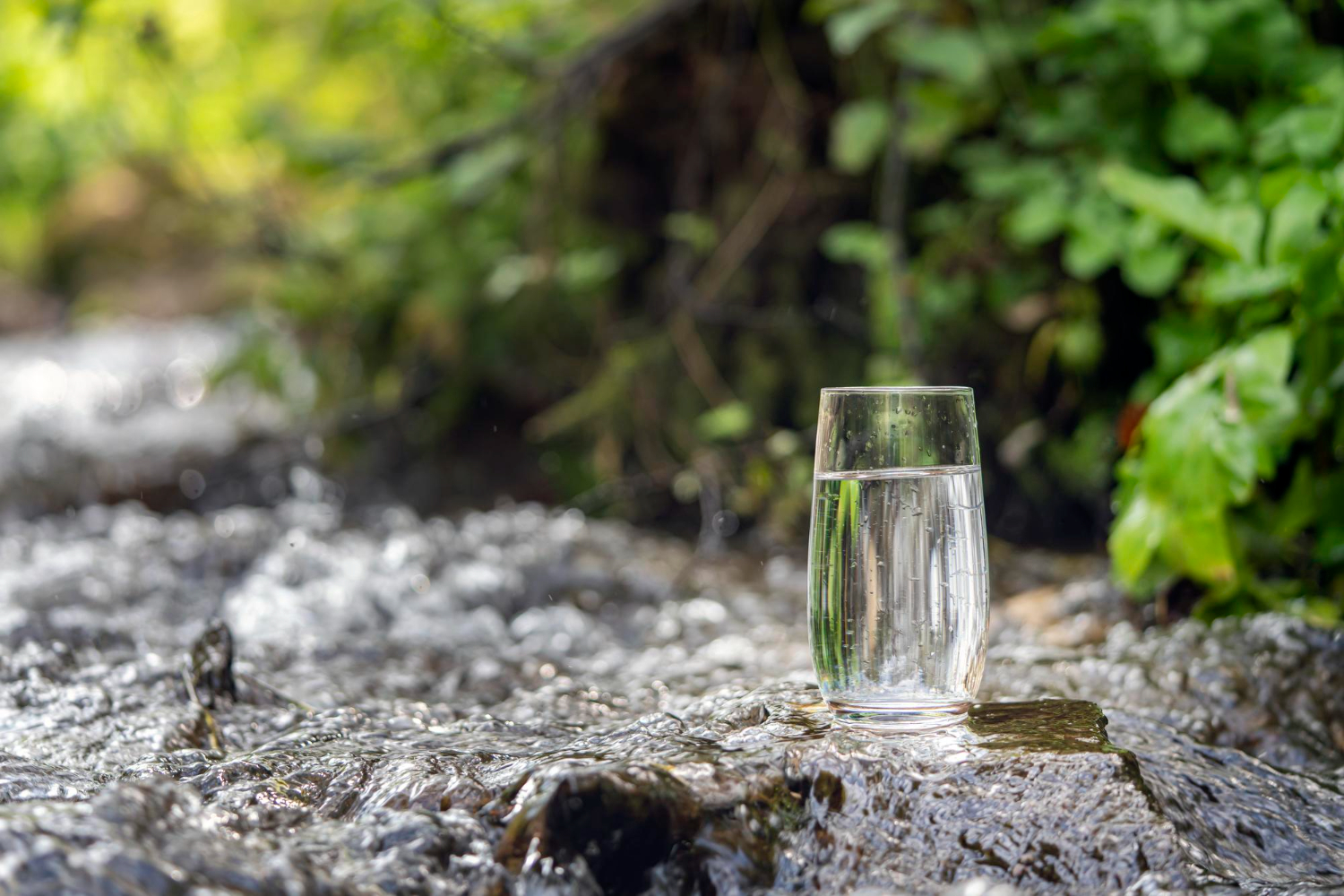
A Plumbers Guide To Successfully Winterizing Your Home
Is Your Home Winterized?
Residential Home | How To Winterize Your House Ahhhh, the snow lightly dusts the rooftops or maybe where you live, it covers the roof like a blanket. Hopefully, you prepared ahead of time. You know the things you should take care of but just in case let's go over some suggestions to keep you and your family more warm and comfortable this winter.
- Disconnect water hoses and make sure there is no water left in the pipes. Failure drain pipes could result in the build up of pressure, potentially causing severe damage to your house. The solution is to use shut off valves inside your home if they lead to exterior hose bibs. Also, install insulated faucet jackets to protect those outside spigots.
- Don't spare the heat. Rescue Rooter suggests the inside temperature be kept above 55 degrees to keep the pipes from freezing. To keep the warm air circulating you will want to leave the cabinets below sinks open to prevent problems.
- Install or replace weather stripping. Chances are if you can see the light through the door frame or if you can feel a draft then you will want to seal the door.
- While you are checking the weather stripping, check the attic for seal leaks and consider whether you need to add insulation. According to, This Old House, Insulation in cold climates should have the rating of R-49. Consider hiring a professional if you plan on having cellulose or loose-fill fiberglass as they have the tools necessary to handle the job much more efficiently and to the correct thickness.
- While checking for leaks, it is a good practice to grab some caulk and foam sealer at the hardware store and systematically go through your home paying particular attention to any gaps and cracks in windows frames, foundation or siding.
- Check your thermostat and make sure it is operating adequately and if you do not have a programmable one then consider it. Just your savings alone will more than pay for it in the first year.
- Have you had your furnace ducts checked for leaks? According to EnergyStar, leaky ducts are responsible a chillier home, and higher energy bills.
- Insulate hot water pipes and your water heater. Of course, be sure to follow the manual or seek advice from a professional.
- While you are insulating your water heater, consider lowering it to 120 degrees. Not only will you save money but you will make it safer by preventing accidental burns.
- Replace your filters regularly. Most experts agree that filters for the furnace should be replaced monthly because they help to extend the life of the furnace by trapping dust, dirt, and dander and allowing the furnace to operate more efficiently thus extending the life of the unit.
- While you are replacing that filter, you will want to have your furnace serviced before winter hits. You want to catch an issue before it becomes a huge problem. If you are not an experienced technician, then you will want to hire one for this job.
- If you have a chimney, then make sure you shut the flue or all your heated or cooled air will go up and out the flue.
- Check that you have fresh batteries in your smoke detectors, fire alarms and make sure they are operating correctly.
- Provided you've a pool, make sure you clean and balance it and lower the water level. You will want to drain all the filtering and pumping equipment and see to the pipes to and from the pool. Lastly, cover the pool with a winter cover after you've removed any floats and pool accessories such as ladders and diving platforms.
- Trim the dead branches back on your trees before they have a chance to fall due to ice, wind and snow weighing them down.
- Clean your gutters and ensure that melting snow has a clear path for draining and while you are doing that, point your downspouts in the opposite direction of your home, if they aren't already.
- Repair walkways, hand rail and steps if needed, they will become more slippery and dangerous with the ice and snow.
- Make sure your generators and snow blowers are in working order.
- Keep storm supplies on hand such as extra Batteries, canned food, non-electric radio, candles, matches, flashlights, and kindling.
- Track down your shovel roof rakes, and ice-melting products and ensure you have them stored in an easy to access area, along with your snow blowers and generators.



